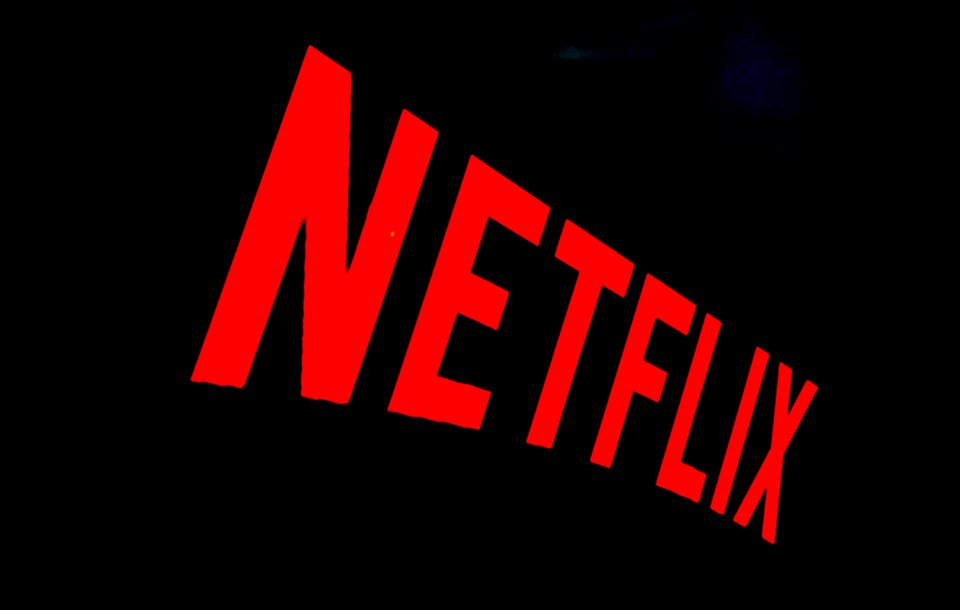As the Writers’ Guild of America strike enters its fourth week, media historian Liz Clarke says the dispute is the latest example of how Hollywood “does a great job of making invisible” certain types of creative labour that goes into making film and television.
“As a society, we’ve become used to critiques of fast fashion and the over-consumption of cheaply made products because we are aware that they are made possible and affordable by the exploitation of workers,” says Clarke, Associate Professor in Brock University’s Department of Communication, Popular Culture and Film. “But people often forget with Hollywood — because we hear so much about star salaries, high box office grosses and frequent discussions about how much movies and shows cost to produce — that there are many people involved in creating movies who are exploited to build up that ‘dream machine’ myth.”
Key issues in the negotiations include minimum staff requirements for series writing rooms and proper compensation for work shown on streaming services such as Netflix and Amazon Prime. The relationship between creative workers and streaming services is of particular interest to Clarke, who says the shift to shorter television series and longer gaps between seasons, especially for streaming services, have placed screenwriters, even those who work for highly successful and acclaimed shows, in an uncertain gig economy.
“As with so many industries, there’s much more precarity in writing than there was previously,” she says. “Previous iterations of the industry, particularly broadcast television, had more security, even on average shows, because the season consisted of a set number of episodes and was released on a fixed schedule.”
Clarke thinks the issues making headlines in the WGA strike are a good reminder that transitions to new forms of media require a critical approach from those working in the field as well as those consuming the products.
“For a number of years, when the streaming services first appeared, there was this sense that they were giving viewers everything we could ever want, with all of the power in the viewers’ hands through endless choice about what to watch and when,” she says. “Now we see that what we thought was endless access is actually becoming very much a lack of access due to increased subscription fees and sudden removal of content that isn’t available anywhere else.”
Clarke adds that strike issues involving streaming or artificial intelligence reflect an ongoing struggle in an industry that has evolved over the last century with the introduction of multiple new technologies, platforms and distribution methods.
“We can learn a lot from media history and labour history in the creative industries,” she says. “Certainly, we shouldn’t have to start from scratch every time a new media comes out.” Clarke also points to potential ramifications for the WGA negotiations in other areas of the movie business. “With other unions entering negotiations with the Alliance of Motion Picture and Television Producers, this strike may well expand to include actors and directors, which may have long-lasting repercussions for the industry,” she says.



